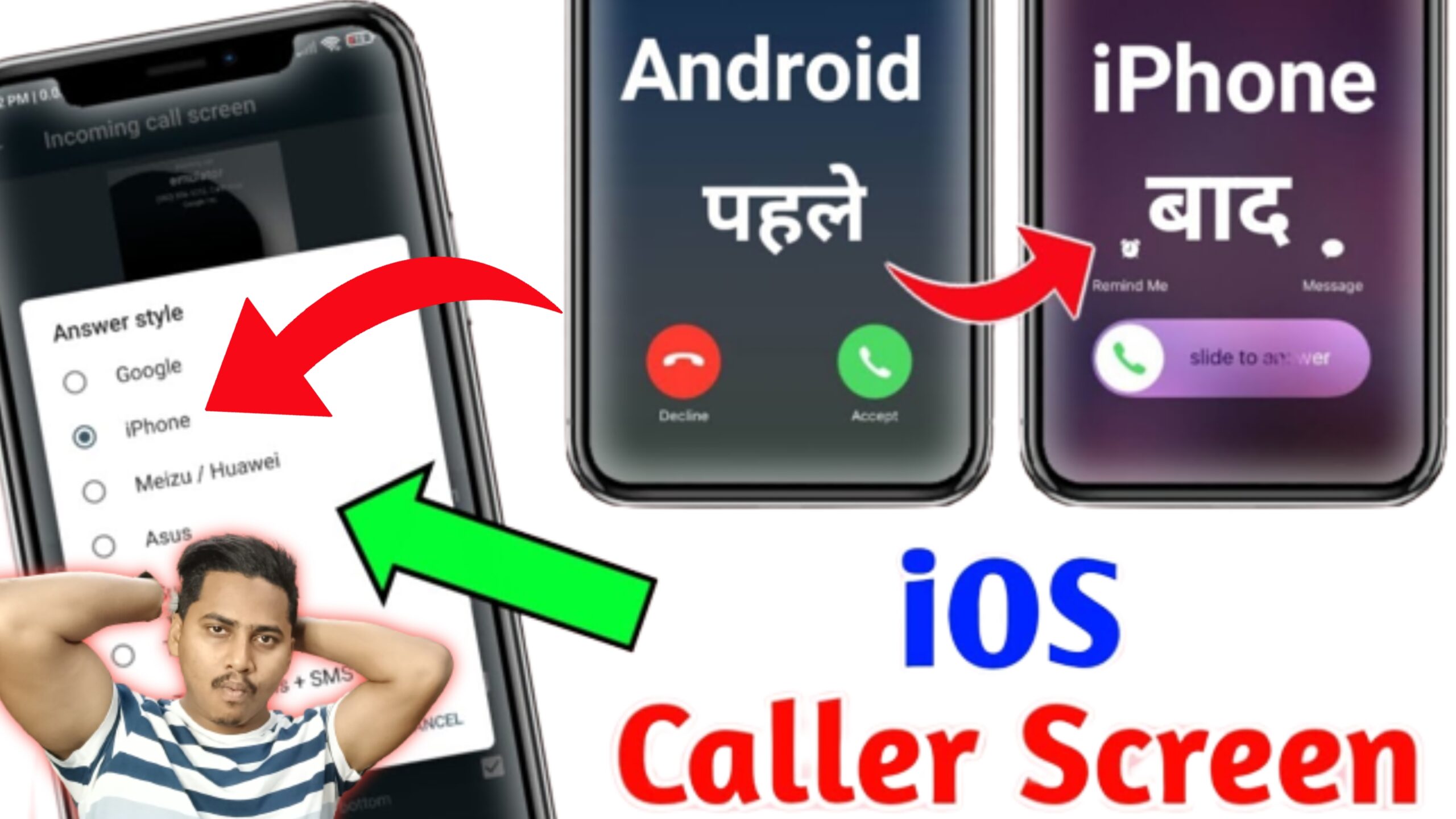
Android to ios caller screen change by true phone
Here’s a article on how the True Phone dialer app allows Android users to customize their caller screen and how this differs from iOS, including the limitations of cross-platform functionality:
Changing the Caller Screen on Android Using True Phone and the iOS Comparison
Customizing your smartphone to match your preferences is one of the key advantages of using Android. From themes to widgets, Android users enjoy a high level of flexibility not available on other platforms. One area that users frequently look to personalize is the caller screen—the interface that appears during incoming and outgoing calls. Apps like True Phone Dialer & Contacts offer Android users powerful tools to modify and enhance the caller experience. However, when comparing this to iOS, the landscape changes considerably due to Apple’s more closed ecosystem. This article explores how True Phone changes the Android caller screen and the limitations of replicating this on iOS.
What is True Phone?
True Phone Dialer & Contacts is a third-party dialer app available on the Google Play Store. It offers a clean, highly customizable interface for managing calls and contacts. It’s particularly popular with users looking to replace the default dialer on their Android phone with something more functional or visually appealing.
The key features of True Phone include:
- Full caller ID customization
- Call screen theming
- Advanced contact management
- Dual SIM support
- Speed dial options
- T9 search for contacts
- Customizable interface themes and colors
One of the standout features of True Phone is its ability to completely change the look and feel of the caller screen. This includes altering the layout, colors, background image, and even animations.
How to Change the Caller Screen on Android with True Phone
Changing the caller screen using True Phone is straightforward:
- Download and Install: Get True Phone from the Google Play Store.
- Set as Default Dialer: When prompted, set True Phone as the default phone app to enable full functionality.
- Open the App Settings: Tap the three-line menu icon or access “Settings” from the home screen.
- Caller Screen Customization: Go to Call Interface or Incoming/Outgoing Call Screen settings.
- Choose a Theme: True Phone offers built-in themes or lets you design your own using custom colors, backgrounds, and buttons.
- Test Your Layout: You can preview how your caller screen will look during calls.
This level of customization allows Android users to create unique experiences—anything from a minimal black-and-white interface to vibrant, animated caller screens with personal photos or videos as backgrounds.
Why iOS Can’t Do the Same
When it comes to customizing the iPhone caller screen, users quickly hit a wall. Apple’s iOS is known for its uniformity and strict app permissions, which limit how much control third-party apps have over system functions—especially anything related to the Phone app.
Here are the key limitations on iOS:
- No Caller Screen Customization: Apple does not allow third-party apps to change the native incoming/outgoing call interface.
- Limited Dialer Replacements: You cannot replace the default Phone app on iOS. Even apps like Truecaller or WhatsApp cannot handle regular calls in the same integrated way they can on Android.
- CallKit Restrictions: iOS uses CallKit, which allows limited integration (e.g., spam filtering, call blocking, and displaying VoIP calls). However, it doesn’t allow full control over the UI.
- Security Focus: Apple prioritizes security and uniformity over flexibility, which means features like changing call UI are simply off-limits.
So, if you are an iPhone user hoping to get an Android-style customizable caller screen, the short answer is: you can’t. At best, you can change ringtones, vibration patterns, or contact photos. Beyond that, the experience is locked down.
Workarounds and Alternatives for iOS Users
While iOS users can’t completely redesign the call interface, a few alternatives exist:
- Contact Photos: Assign custom images to contacts for partial personalization during calls.
- Ringtones and Vibration Patterns: Set unique tones and vibrations for each contact.
- Third-Party VoIP Apps: Apps like WhatsApp, Viber, or Skype allow calls with their own UIs, though they don’t replace the main dialer.
These options don’t offer true screen customization but can add a small degree of personalization.
Final Thoughts
If you’re an Android user, apps like True Phone offer a great way to take control of how your phone looks and works, particularly during calls. The ability to fully customize the caller screen—down to the layout, colors, and animations—is something iOS simply doesn’t allow due to its controlled ecosystem.
On the flip side, while iOS offers a polished and secure experience, it lacks the personalization power that Android users enjoy. For those who prioritize customization, Android remains the go-to choice, with True Phone standing out as one of the best tools for transforming your caller experience.
